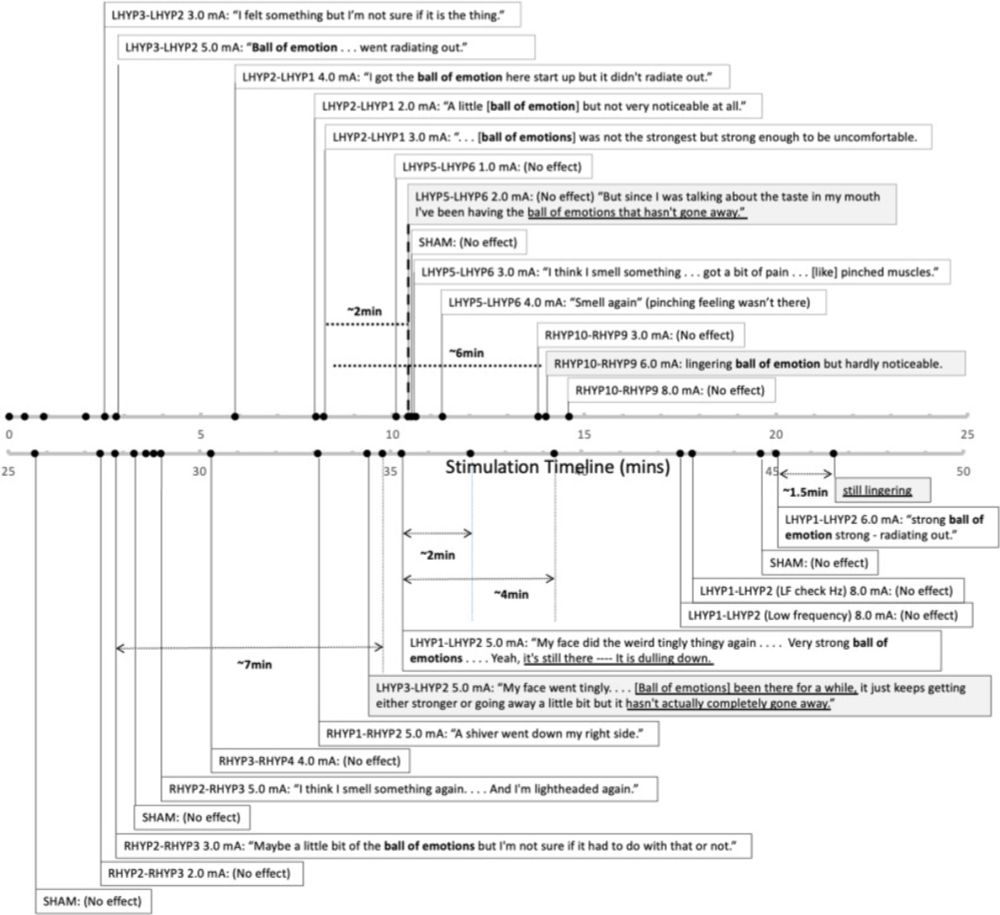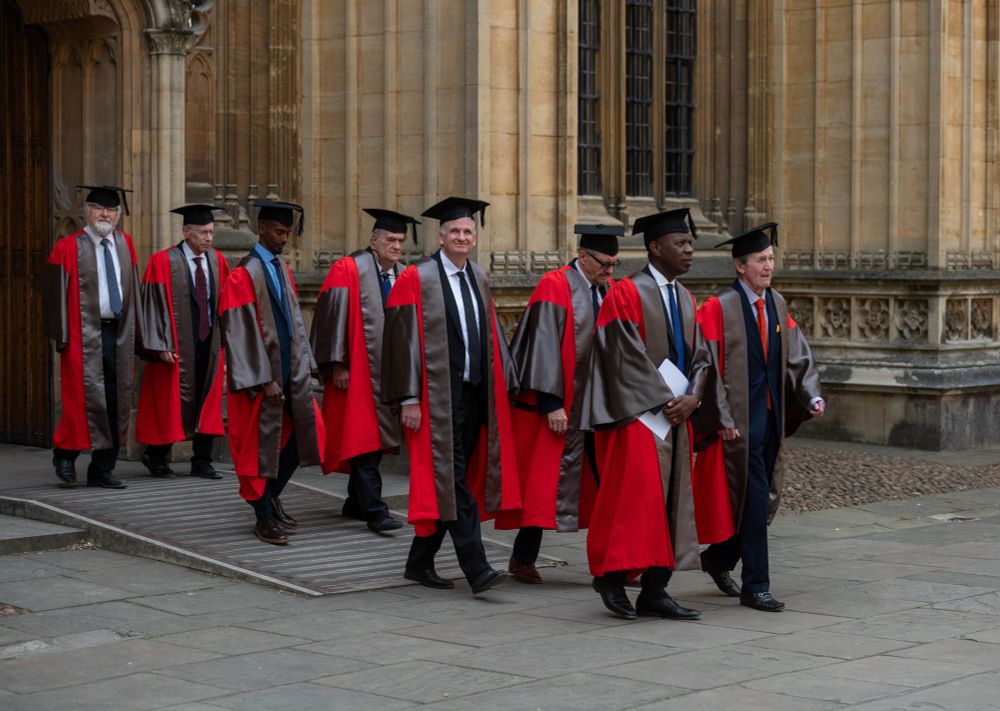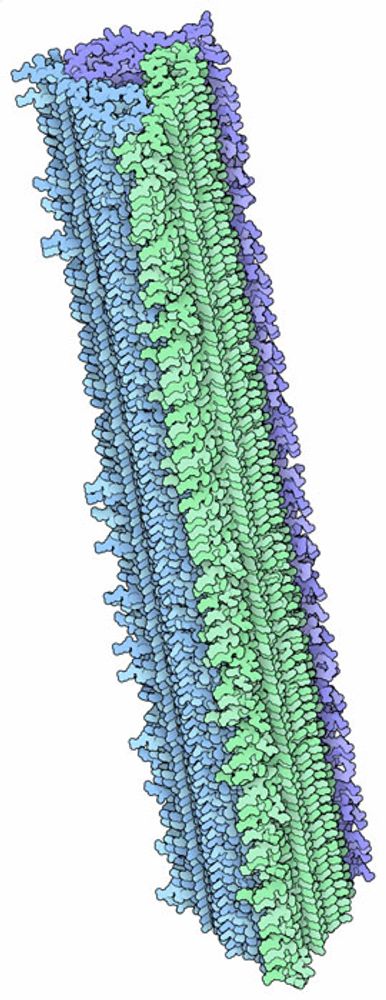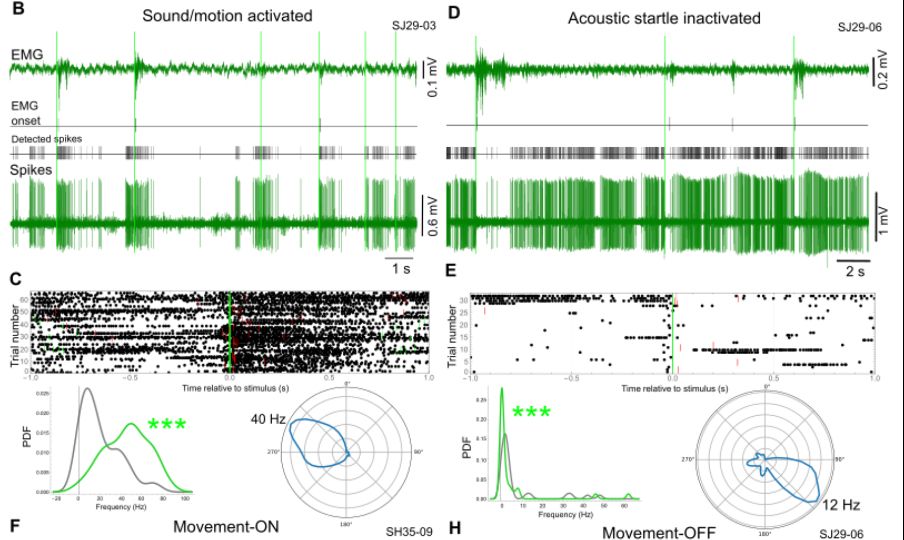Tim Viney
@vineytj.bsky.social
700 followers
260 following
42 posts
Associate Professor of Neuroscience @ Dept. Pharmacology, University of Oxford.
Spatial memory, cell types, amyloids, dementia, brain rhythms.
https://scholar.google.com/citations?hl=en&user=tgCeCVwAAAAJ&view_op=list_works&sortby=pubdate
Posts
Media
Videos
Starter Packs
Reposted by Tim Viney
Tim Viney
@vineytj.bsky.social
· Jul 28
Reposted by Tim Viney
Nicole Rust
@nicolecrust.bsky.social
· Jul 13

Complex negative emotions induced by electrical stimulation of the human hypothalamus
Stimulation of the ventromedial hypothalamic region in animals has been reported to
cause attack behavior labeled as sham-rage without offering information about the
internal affective state of the an...
www.brainstimjrnl.com
Reposted by Tim Viney
University of Oxford
@ox.ac.uk
· Jun 26

How do vaccines reduce the risk of dementia? | University of Oxford
A new study by the University of Oxford, published in the journal npj Vaccines, shows that a vaccine against respiratory syncytial virus (RSV) is associated with a 29% reduction in dementia risk in
www.ox.ac.uk
Reposted by Tim Viney
University of Oxford
@ox.ac.uk
· Jun 25

Honorary degrees awarded at Encaenia 2025 | University of Oxford
Recipients of honorary degrees at Oxford University today included a Nobel laureate and a multiple Olympic, World and European champion, and represented the fields of sport, entertainment,
www.ox.ac.uk
Reposted by Tim Viney



















